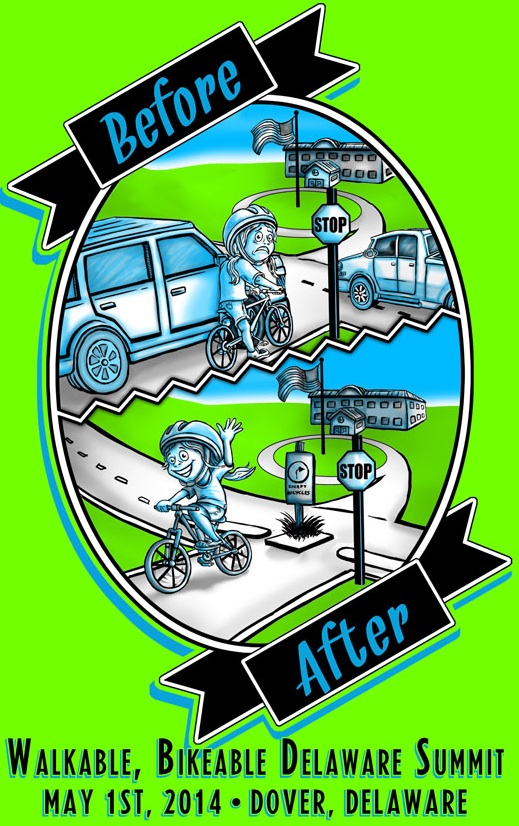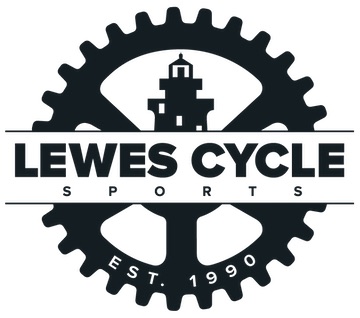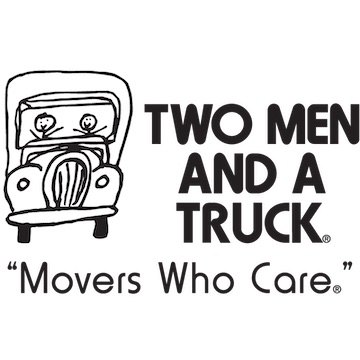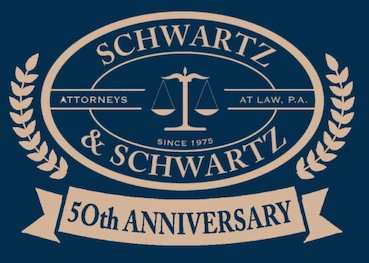For Transportation Nerds: America’s Only Bicycle Boulevard T-Shirt


Did you get your “neighborway” T-shirt at last week’s Walkable Bikeable Delaware Summit?
RELATED:
• Delaware’s 2014 Bicycle Friendly State Report Card
• The Fourth Most Bicycle Friendly State in America
• 2014 Walkable Bikeable Delaware Summit
• Neighborhood Greenways (Portland Bureau of Transportation)
• Crime Prevention For Wilmington For About $140,000 Per Mile
• In Portland Every Day is Walk & Bike to School Day (VIDEO)
• Can Traffic Calming Reduce Crime in Wilmington?
• How to Make a Great “Neighborway” in Wilmington
• West Palm Beach Traffic Calming
• A New Way of Understanding “Eyes on the Street”
• Fight Street Crime with Speed Bumps and Crosswalks





7 Responses
I’m excited about the Wilmington TE grant to install bike boulevards east to west and north to south across the entire city using signage and sharrows. They won’t be perfect, but they will really help. And the cost is very reasonable. I use those roads all the time, including on my commute into work, and I can’t wait! Please support this grant!
If only it were that easy!
Putting up a sign on a street that says “Bicycle Boulevard” but not doing anything else is like putting up a sign that says “Lemonade Stand” but not having any lemonade to sell!
There are 4 requirements to making a successful bicycle boulevard. You can read more about them here:
http://www.bikede.org/2013/10/28/how-to-make-a-great-bicycle-boulevard-in-wilmington/
Of these four, the most important is the crossing treatment and the least important is signage/pavement markings.
As last week’s Walkable Bikeable Delaware Summit, we heard from the City Traffic Engineer from the Portland Bureau of Transportation (and co-author of the NACTO Bikeway Design Guide), who also emphasized this point. The most important element of a successful bicycle boulevard is engineering the road crossings. If you don’t do that, you are wasting your time. Portland has arguably the largest and most successful network of bicycle boulevards of any city in the America.
If only it were that easy! Of course we should learn from Portland and do what’s ideal. But every city is different, and they are far ahead of us in terms of funding, and most important, commitment. First of all, I would question that we are wasting our time but putting in sharrows and signage, helping motorists understand that bikes belong on that corridor, and cyclists understand how to position themselves. Those of us who ride the streets regularly experience that difference. You are simplifying things by saying there is no lemonade at the stand. I’m not saying that we don’t work on engineering, because we should. I’m not saying that intersections aren’t important because obviously they are. There are certainly intersections in Wilmington that can use treatment and roads that need traffic calming. Wilmington can also work on counterflow bike lanes in the one-way street grid, and parking is always an issue. Along Ninth Street and Eighth Streets, the intersections are the least of our worry. However, most of the sections of streets in the plan are relatively low stress, including Ninth Street. There is a stop sign at most intersections, and virtually none of the intersections is large. In addition, it’s the community’s plan, which needs to be respected. Furthermore, there are financial constraints. It can easily be argued that you get visibility out there along the route and then start working on the road crossings that need the help, which is only a handful. Otherwise, if with your very limited funding, you put in one or two really cool intersections but do nothing else to increase visibility it’s like putting a Lamborghini in a flimsy carport. Truth is, you gotta work on a number of factors concurrently. What we really need is to put some real money into our streets instead of throwing a few crumbs at them. But until we do that, we need to stretch the “crumbs” as far as we can.
Over the last 3 years, the state has dedicated millions of dollars for bike paths / greenways. To do a bicycle boulevard right doesn’t cost nearly as much. $150,000 is enough to buy a mile of properly designed bicycle boulevard. If we can be successful fighting for trails, we can be successful fighting for bicycle boulevards too. (Good ones, not bogus ones.)
Let’s aim high rather than assuming we have to settle for “crumbs”.
Oh agreed, about not settling for crumbs. It’s nice to see that after years of fighting against on-road projects, you folks are finally taking up the cause. I’m glad to know that you’ll fight hard in the future for funding for road projects. That said, there is no reason why the Wilmington plan, not bogus and developed and vetted by the community, should not go forward as planned. For a couple hundred thousand, Wilmington will get quite a few miles of visibility for cyclists. And we can also then move forward and tackle the “properly designed” bike boulevards, keeping in mind that the proper design varies by road and community. Most of Wilmington’s roads are already easily biked. PA Ave, Maryland Ave, Lancaster/MLK, 2nd Street, Concord, N. Market, Walnut, King, Lincoln and Union are probably the main exceptions, and some folks are even comfortable on those. Why don’t you list the sections of the roads in the TE grant that present a genuine problem/barrier and make the current plan so bogus? BTW, the grant is for the plan, already developed, as most grants are, not for some nebulous plan that doesn’t yet exist.
Oh heck, guys, or should I say James, I’m not fearless. You know that. And neither are most of the folks who bike in Wilmington. You’re making an assumption you don’t have the right to make. Using that to attack the Wilmington plans is a non-sequitur. I started out by writing that I’m excited about the Wilmington plans and asking people to support them, and you immediately attacked the plans as bogus. I don’t understand why you find it so hard to support them especially when you know that meddling in a grant after it’s developed can cause a city to lose it. I never opposed the trail funding, and in fact lobbied for it, and you know that full well. I was there from the beginning of the push for phase 3 of the New Castle to Wilmington Greenway, every bit as long as you were, and still support it. You know that, too. And I have a trail of e-mails to prove it (because I can never manage to clean out my e-mails :-(. ) There is nothing wrong with supporting balanced funding, balancing projects between trails and roads, nothing wrong with pushing for that, with pushing for networks, for using all the tools we have. How can you think that’s so awful? I don’t agree with all of the elements of the FSTPP, but I never opposed the FSTPP and you know that. I lobbied for it, don’t forget. So your talk of complaining and your metaphors are a red herring. It’s totally unfair of you to act as if expressing an opinion that is not totally in line with yours is “complaining”. The same could be said of you in terms of the Wilmington plans, for that matter. The usual planning procedure does not include an actual vote by the community, and you know that. The DelDOT projects that you support and that others support have workshops and seek input but don’t have a vote. They are still considered to be vetted. But plans that are created or approved by a community should be respected. You still didn’t answer my question about what sections of roads and what aspects of the plan are so bogus. But since this exchange has really deteriorated, I think we should end the conversation here. We can agree to disagree, and your readers can decide for themselves if they wish to support the Wilmington plans. Have a nice weekend.
If there is all this money for pathways, why isn’t the Route 72 sidepath resurfaced and converted into a real bikeway/cycletrack, instead of the 6′ bone-shaking abandonment it’s turned into over the past 30 years? This is a major bicycling artery, given it is centrally located and runs under I95 with no interchange. If they don’t care enough to rehab or upgrade an existing facility in over 30 years, what business do we have building new ones, that will also fall into disrepair and become a safety hazard?
If we’re going to build new off road facilities, go after that which can have immediate results and get people on bikes now. For example, pave a sidepath along Commons Blvd in New Castle to allow numerous potential bike commuters to ride to work safely, instead of in the lane of a high speed 4-lane/no shoulder arterial.